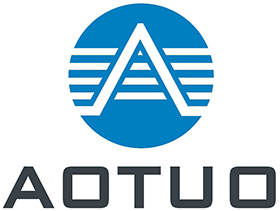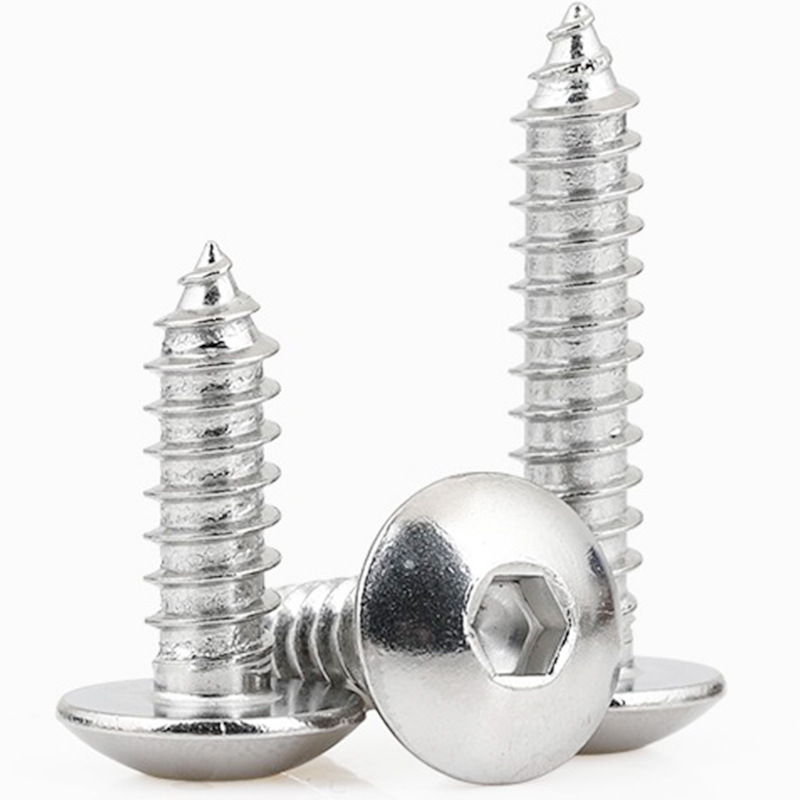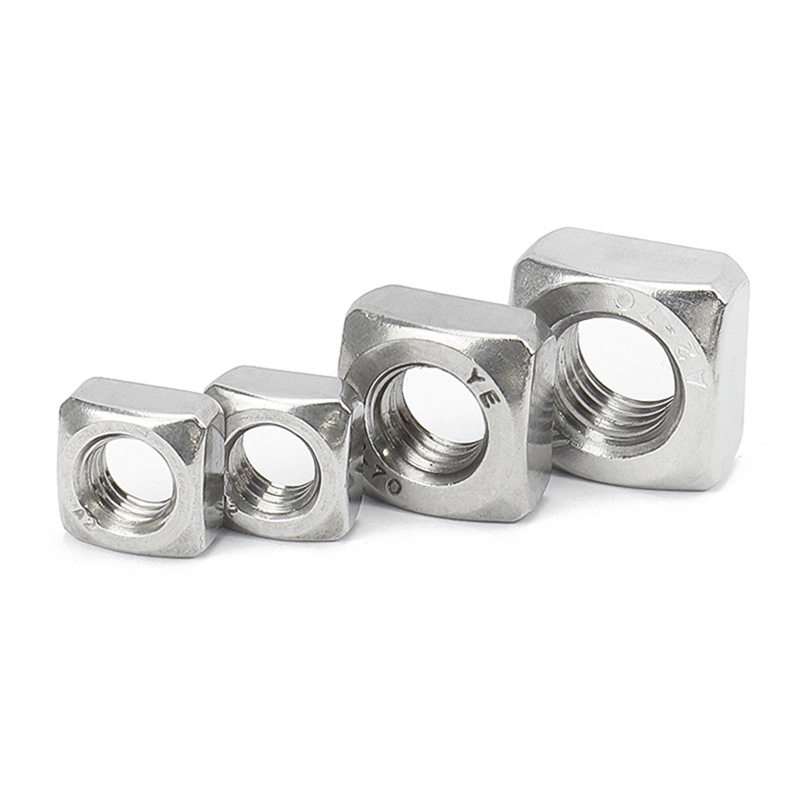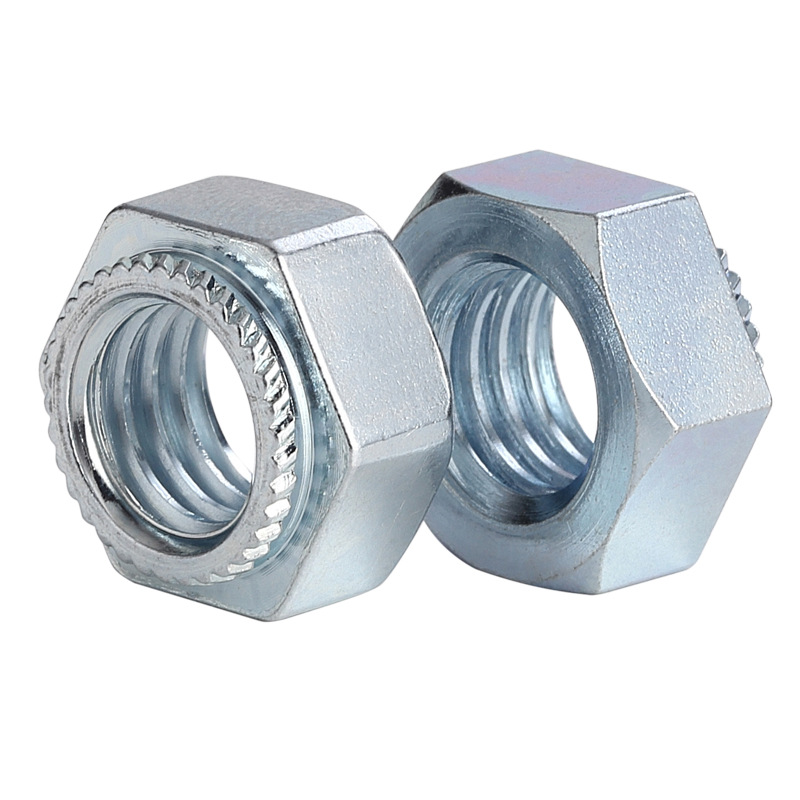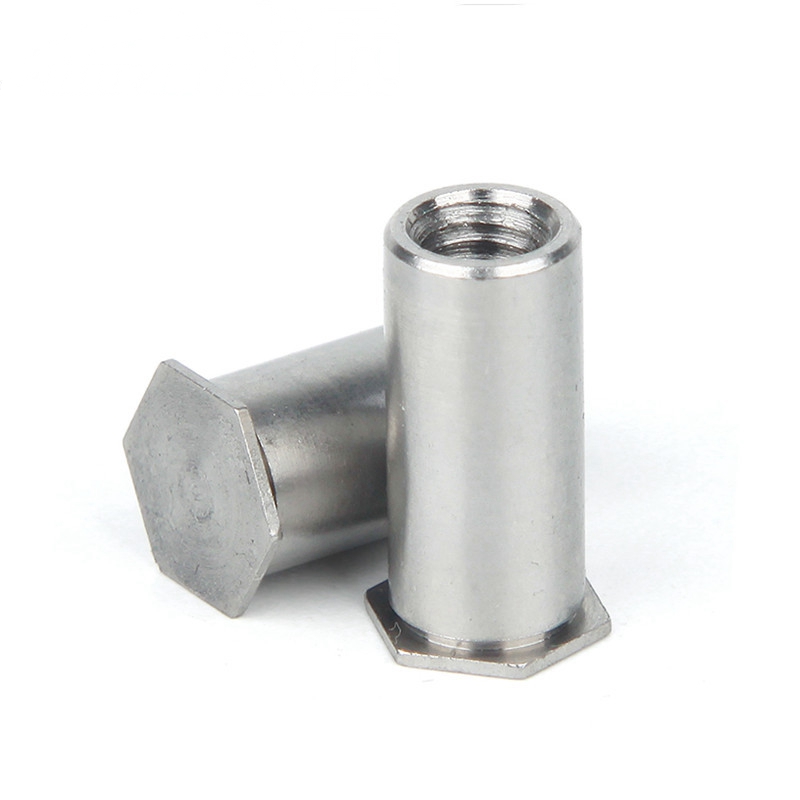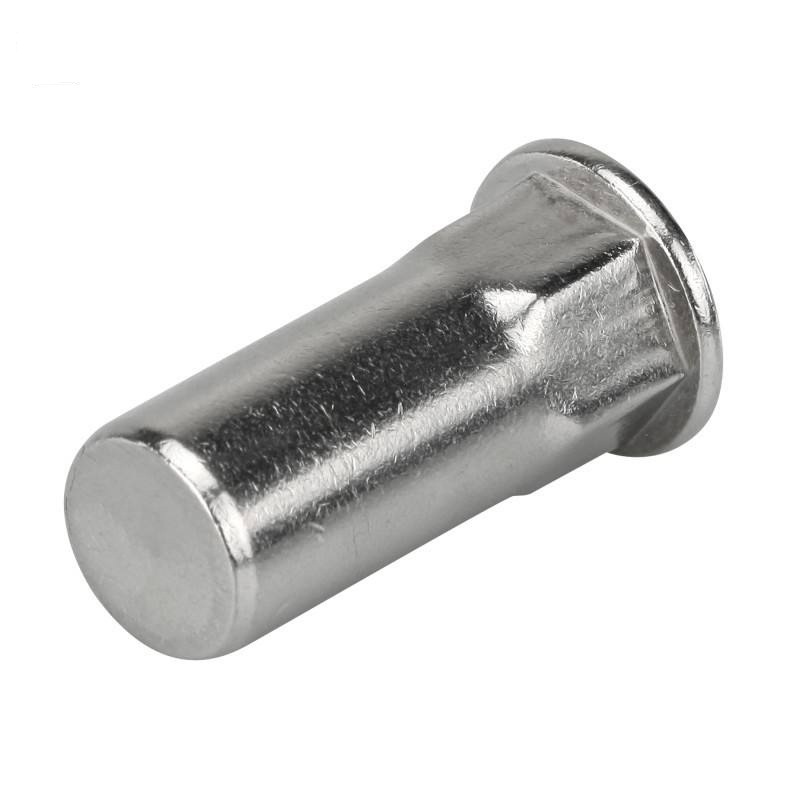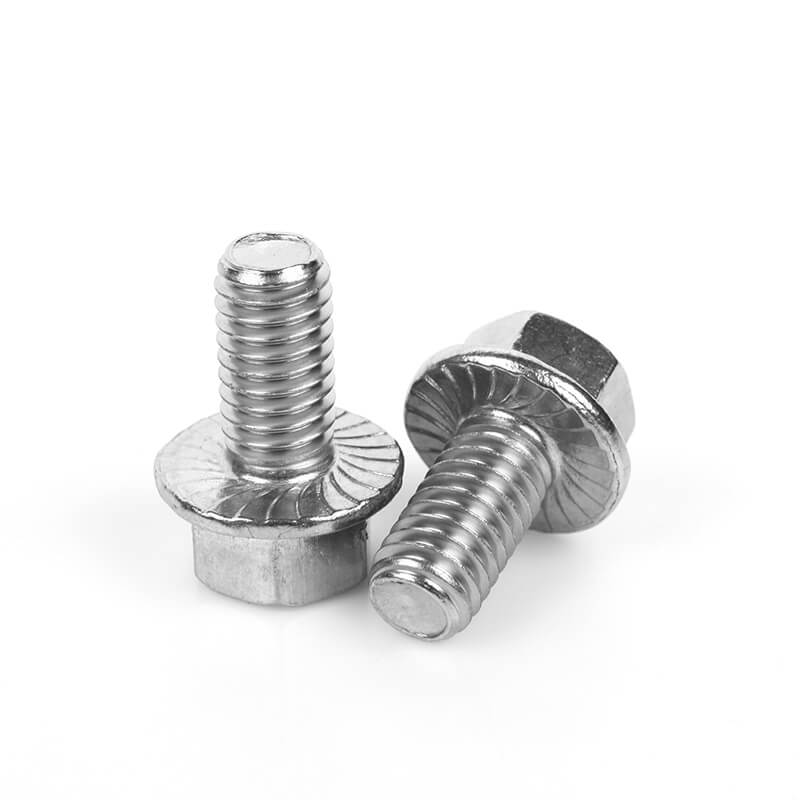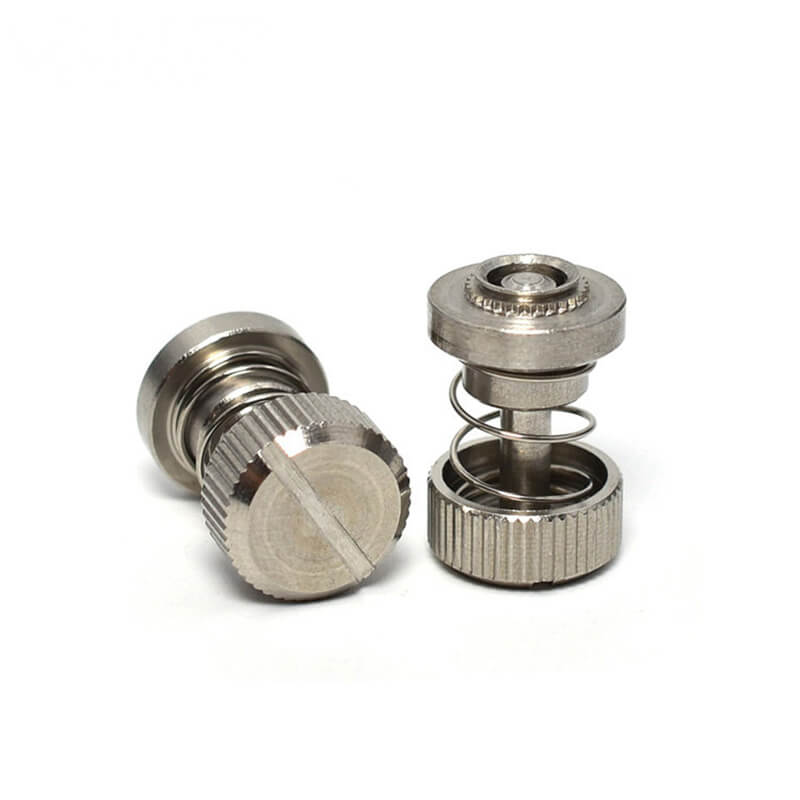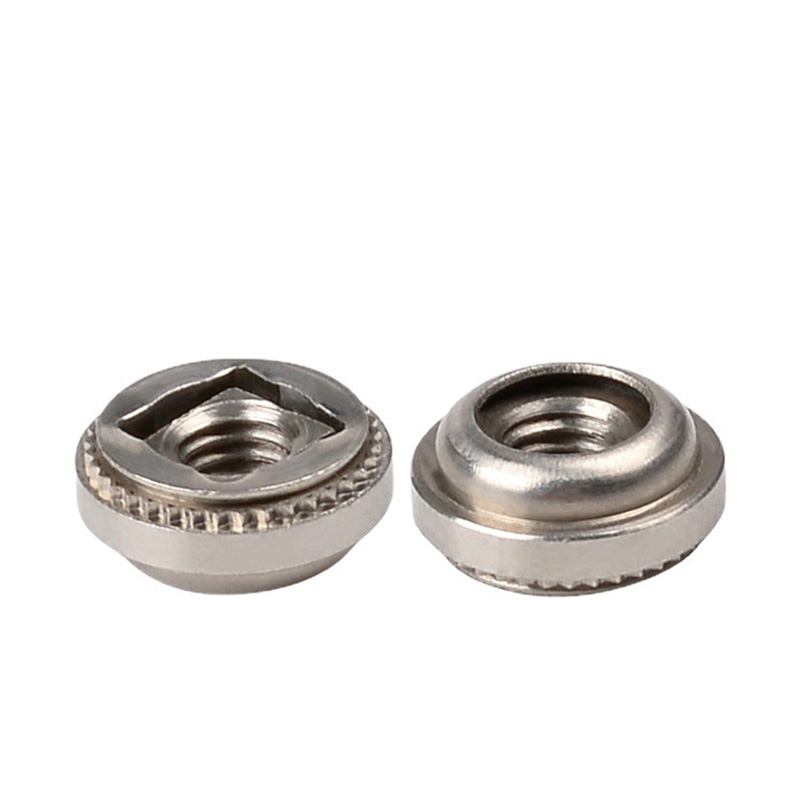The bolts made of stainless steel are rusty when the heat exchanger is normally operating at 1000°F(about 283°C)! Why is that? Originally, at higher temperatures, thermal cycling will make some stainless steel into non-stainless steel. Therefore, the choice of fastener material must be careful to avoid accidents.
Stainless steel background:
By definition, stainless steel should contain no less than 10.5% chromium, but the authors believe that this content is still low. In order to prevent stainless steel rust at room temperature, the chromium content of the stainless steel matrix should be about 12%.
Contrary to popular belief, stainless steel will not always be stainless steel. Thermal cycling reduces the chromium content of some stainless steels to rusting levels. But there are many types of stainless steel, so you can usually choose one of them to meet the special use of stainless steel.
300 Series stainless steel
300 Series stainless steel, also known as 18-8 steel, is the most commonly used material for fasteners, joints, pipes, and pipes. Type 304 stainless steel is the most common material for stainless steel fasteners. 18-8 steel is the nominal content of chromium and nickel in 300 series stainless steel. These materials appear to have good corrosion resistance on the surface, but heating 304 stainless steel above 850°F(about 199°C) is due to carbon deposition. Will reduce the chromium content. Chromium combines with carbon at high temperatures to form chromium carbide, which is not rust-proof. The use of 304L stainless steel can alleviate the problem, 304L stainless steel carbon content is 304 stainless steel 1/3. The formation of chromium carbide can be eliminated with 321 or 347 stainless steel. 321 and 347 stainless steel contain titanium and niobium, respectively, and their properties are very stable. Because titanium and niobium have a greater affinity for carbon than chromium, they form titanium carbide and niobium carbide with carbon at high temperatures, respectively, and thus chromium is retained. ASTMAl93 300 series stainless steel for bolts are 304, 321 and 347 stainless steel.
Because the strength of the 300 series stainless steel is strengthened only when it is cold formed, when the temperature reaches 1000°F(about 283°C), the thermal cycle will reduce the strength of the fastener to the annealed state. If the decrease in strength is unacceptable, then a stable material 321 or 347 is also unsatisfactory. Therefore, other materials should be considered.
400 series stainless steel
400 series stainless steel contains less chromium than 300 series stainless steel, but there is no carbon deposition problem like 300 series, and can be heat-treated, can be used in temperatures up to 1200°F(about 393 ° C) working environment. However, because chromium is only 12% to 14%, it will be corroded when used in an environment with a serious chemical atmosphere, while the 300 series contains 16% to 20% chromium and will not be corroded. The 300 series stainless steel has the same strength as the 400 series stainless steel. The 300 series stainless steel is not magnetic, while the 400 series stainless steel is magnetic. According to ASTMF593, series 410, 416 and 430 of the 400 series stainless steel are used for fasteners.
A-286 stainless steel
This is the most widely used stainless steel in the aerospace industry. It is an iron-based stainless steel with 15% chromium and can be heat-treated and cold-hardened. Without cold work hardening, the tensile strength is between 140 and 180ksi, and the tensile strength can reach 220ksi with heat treatment and cold work hardening, but the elongation is too low relative to the fatigue load. A-286 operating temperature from -423°C to 1200°C, almost all aerospace industry fastener suppliers can provide A – 286 fasteners.
sum up
It is not wise to use 304 stainless steel in 1000°F(283 ° C) working environment, such as the material strength decline close to the annealing state is acceptable, can choose a stable material such as 321 or 347 stainless steel: such as high strength requirements, and environmental corrosion is not very serious, can use 400 series stainless steel should be able to meet the requirements. For example, 300 series and 400 series stainless steel can not solve the problem, using A – 286. Inconel, Haynes, MP35N, and MPl59 are excellent materials but are costly. And it’s not easy to get. The general design rule is to use expensive materials only when necessary to achieve satisfactory design performance.
